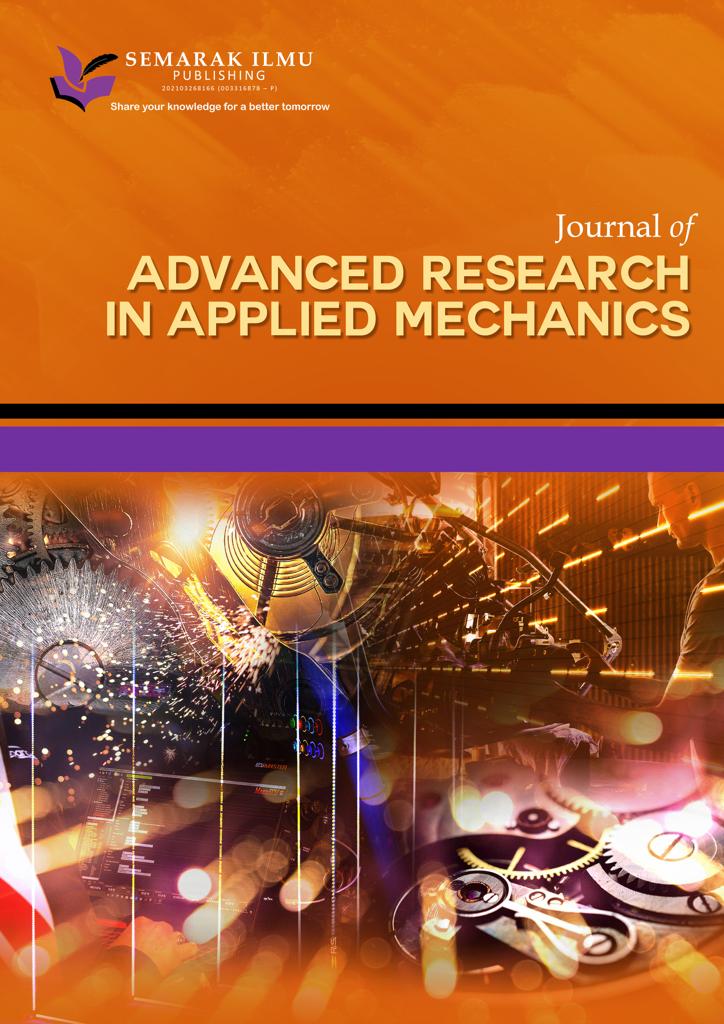A Simulation Study on Temperature Uniformity of Photovoltaic Thermal Using Computational Fluid Dynamics
Keywords:
Photovoltaic Thermal, Temperature Distribution, Computational Fluid Dynamics, SimulationAbstract
The temperature distribution across the photovoltaic (PV) module in most cases is not uniform, leading to regions of hotspots. The cells in these regions perform less efficiently, leading to an overall lower PV module efficiency. They can also be permanently damaged due to high thermal stresses. To enable the high-efficiency operation and a longer lifetime of the PV module, the temperatures must not fluctuate wildly across the PV module. In this study, a custom absorber is designed based on literature to provide a more even temperature distribution across the PV module. This design is two standard sets of spiral absorbers connected. This design is relatively less complicated for this reason and it allows room for adjusting the pipe spacing without much complication. The absorber design is tested via computational fluid dynamics (CFD) simulation using ANSYS Fluent 19.2, and the simulation model is validated by an experimental study with the highest percentage error of 9.44%. The custom and the serpentine absorber utilized in the experiment are simulated under the same operating conditions having water as the working fluid. The custom absorber design is found to have a more uniform temperature distribution on more areas of the PV module as compared to the absorber design utilized in the experiment, which leads to a lower average surface temperature of the PV module. This results in an increase in thermal and electrical efficiency of the PV module by 3.21% and 0.65%, respectively.
Downloads























